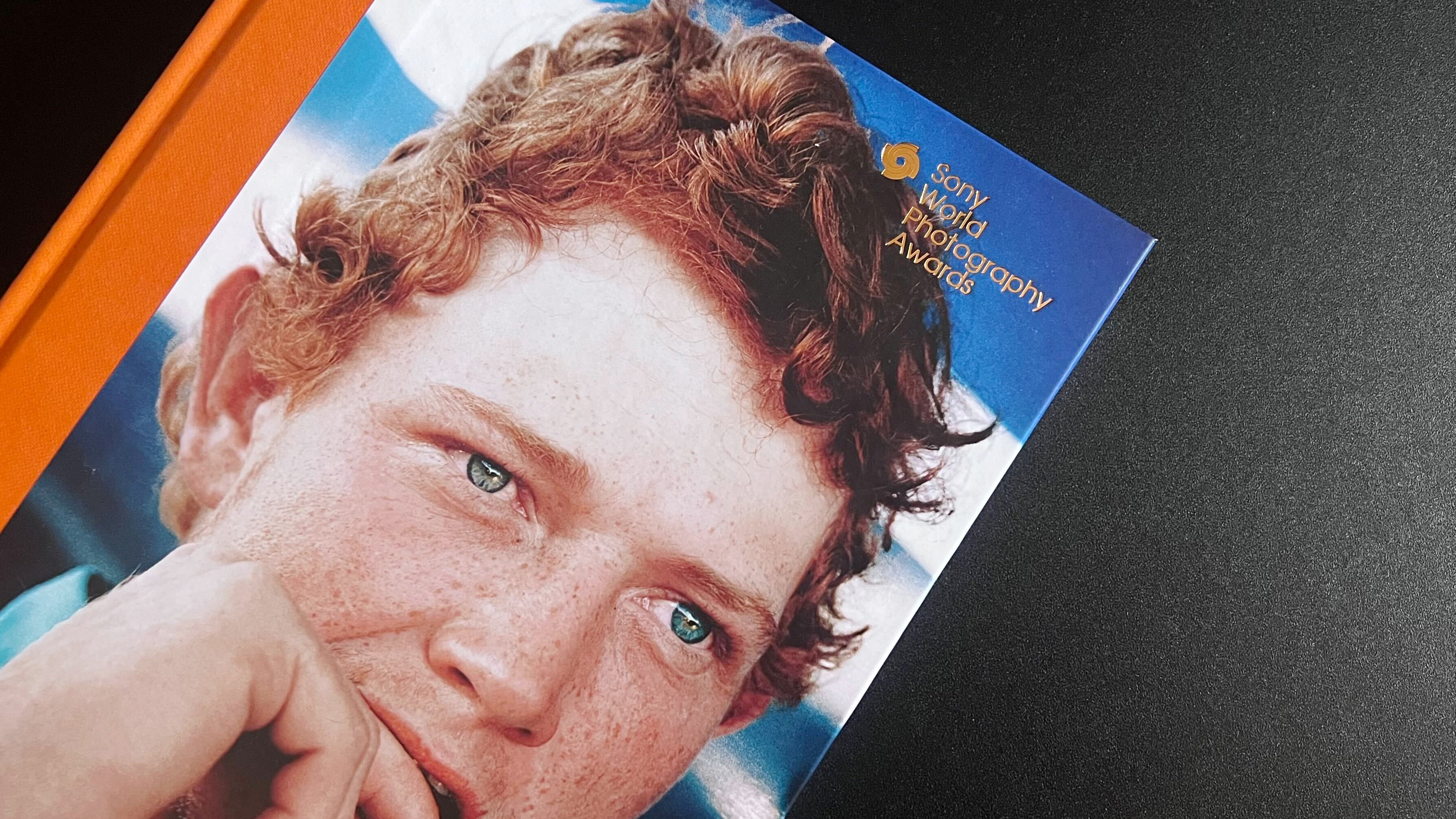IBC 2024: Camera news and product launches from the giant industry event
The broadcasting industry's biggest event of the year is taking place in Amsterdam right now – here's what's happening at IBC 2024
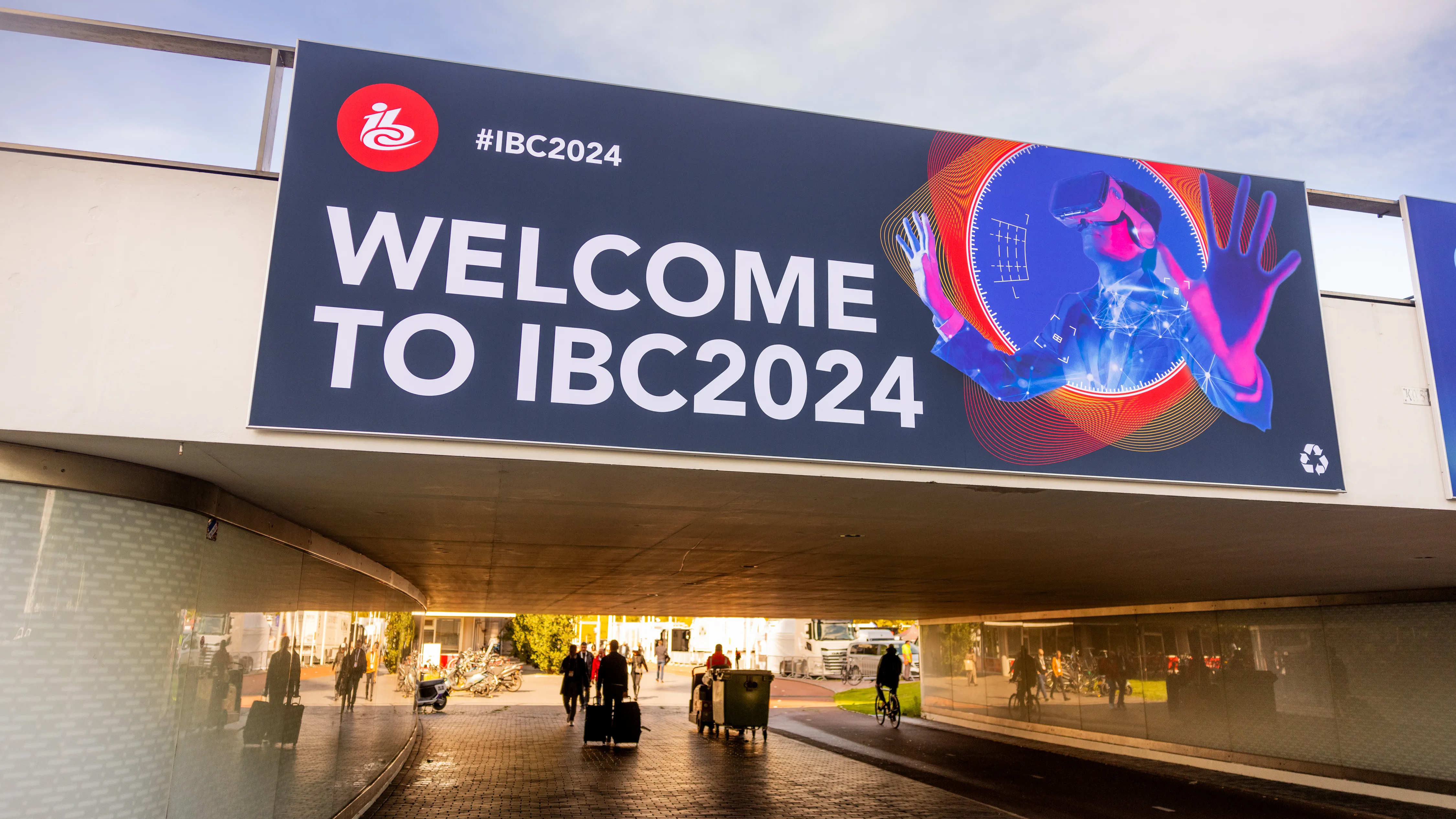
Over 43,000 visitors are descending on the Netherlands this weekend for IBC 2024, the IBC International Broadcasting Convention exhibition and conference – the biggest event on the broadcast industry calendar.
Taking place until September 16, IBC 2024 is emanating from the Amsterdam RAI in the Netherlands. As you'd expect from a broadcasting event, some of the main players in the camera industry are exhibiting, including Canon, Nikon and Red, Sony, Fujifilm, Arri and Blackmagic.
Among the 1,200 exhibitors from 170 countries there are also software and lens specialists, such as Adobe, Atomos, Sigma and Tokina Cinema.

What is IBC 2024?
Billed as "the premier annual event for professionals engaged in the creation, management and delivery of entertainment", IBC is operated by a partnership of six leading international broadcast bodies: IABM, the IEEE Broadcast Technology Society, the Institute of Engineering and Technology, the Royal Television Society, the Society for Broadcast Professionals, and SMPTE.
In addition to its huge exhibition area, its comprehensive conference program encompasses everything from the technical side of broadcast technology to cinema screenings of the latest blockbusters. Among the speakers are representatives from Apple, Google, Nvidia, Amazon and MGM Studios, Warner Bros Discovery and Marvel Studios.
As you might expect, AI continues to be not just the biggest buzzword in broadcasting but also the most important topic of the moment. Some of the most fascinating presentations include 'Can AI be regulated? What public policy can('t) do to address AI risks' and 'Fireside Chat: AI vs Creativity – Who dares wins…'
IBC 2024 announcements & rumors
Members of the DCW team have boots on the ground in Amsterdam, and we'll keep this page updated with the latest announcements as we hear them – both from the show floor itself, and from companies making announcements in absentia…
Get the Digital Camera World Newsletter
The best camera deals, reviews, product advice, and unmissable photography news, direct to your inbox!
Adobe

You'll soon be able to generate video in Premiere Pro, just by typing a prompt. The new text-to-video feature, powered by Adobe's Firefly Video Model, will enable you to generate video clips directly from text prompts. This feature will be complemented by a wide array of camera controls, enabling fine-tuning of elements such as angle, motion and zoom.
The idea is to enable editors to generate B-roll footage that seamlessly integrates into their timelines. Adobe suggests you could also use text-to-video to generate elements for pre-viz, such as atmospheric overlays, or inspiration for motion graphics…
…
Another update to Premiere Pro makes color grading a cinch, with a simpler way to edit RAW and Log video. At the core of the update is a dramatically reimagined color management system, which bypasses the manual color-correction process entirely.
Traditionally, video editors have relied on look-up tables (LUTs) to convert RAW and Log footage into usable color formats. However, Adobe's new system eliminates the need for LUTs, instead automatically transforming RAW and Log footage from "virtually any camera" into standard dynamic range (SDR) and high dynamic range (HDR) formats.
As well as the color management system, Premiere Pro now has a new Properties panel, which has been created to help you complete tasks with less fiddling around and opening up of menus…
Atomos
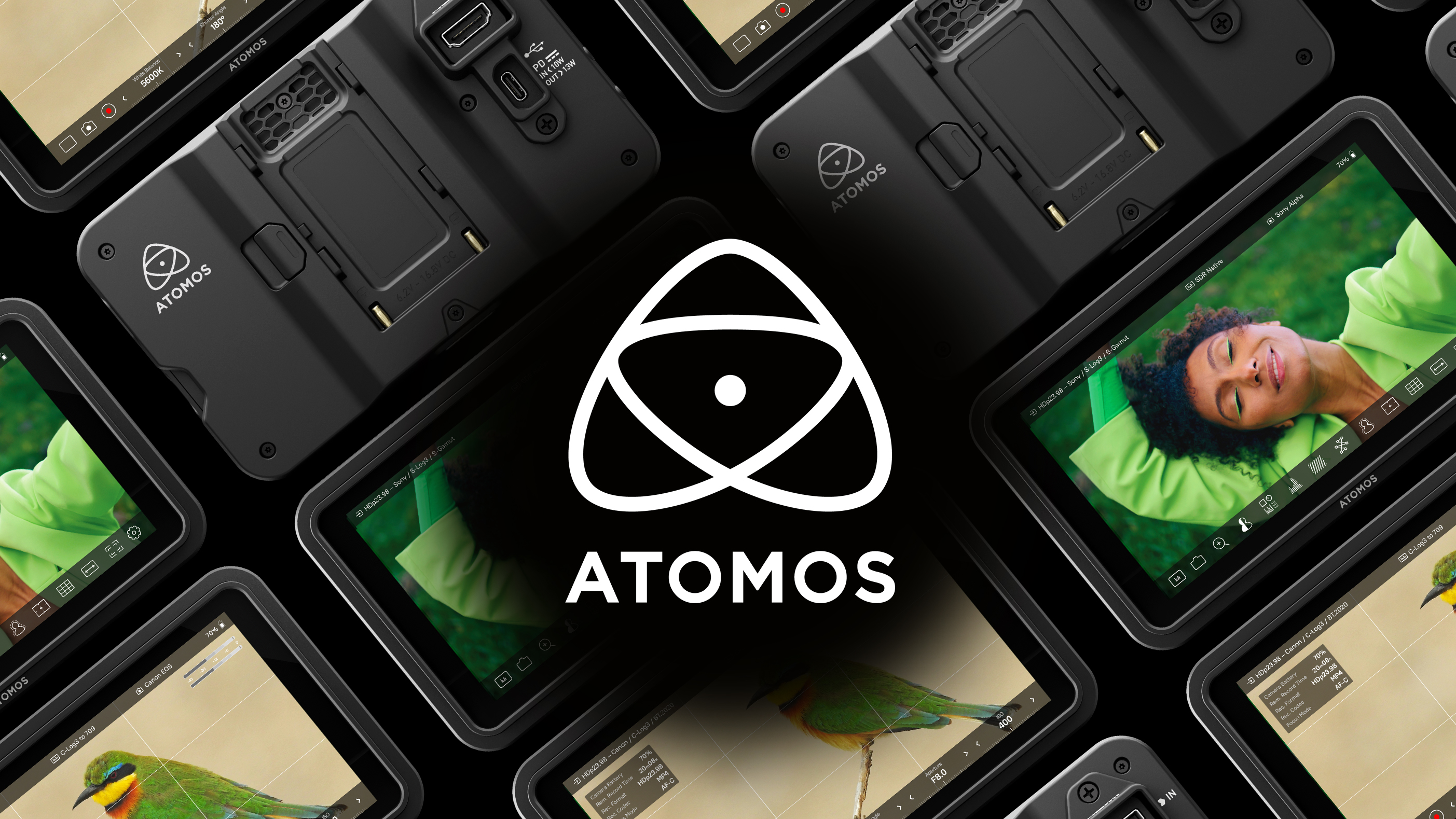
Atomos announced free updates to its Ninja and Shogun systems, enabling them to upload directly to both Dropbox and Frame.io without having to go through Atomos Studio Cloud.
In addition, Dropbox is offering 40% off its Business and Business Plus Plans with the purchase of a new Atomos monitor or monitor-recorder, while Adobe is offering three months of the Frame.io V4 beta with the purchase of any new Connect, Shogun, or Shogun Ultra…
Blackmagic
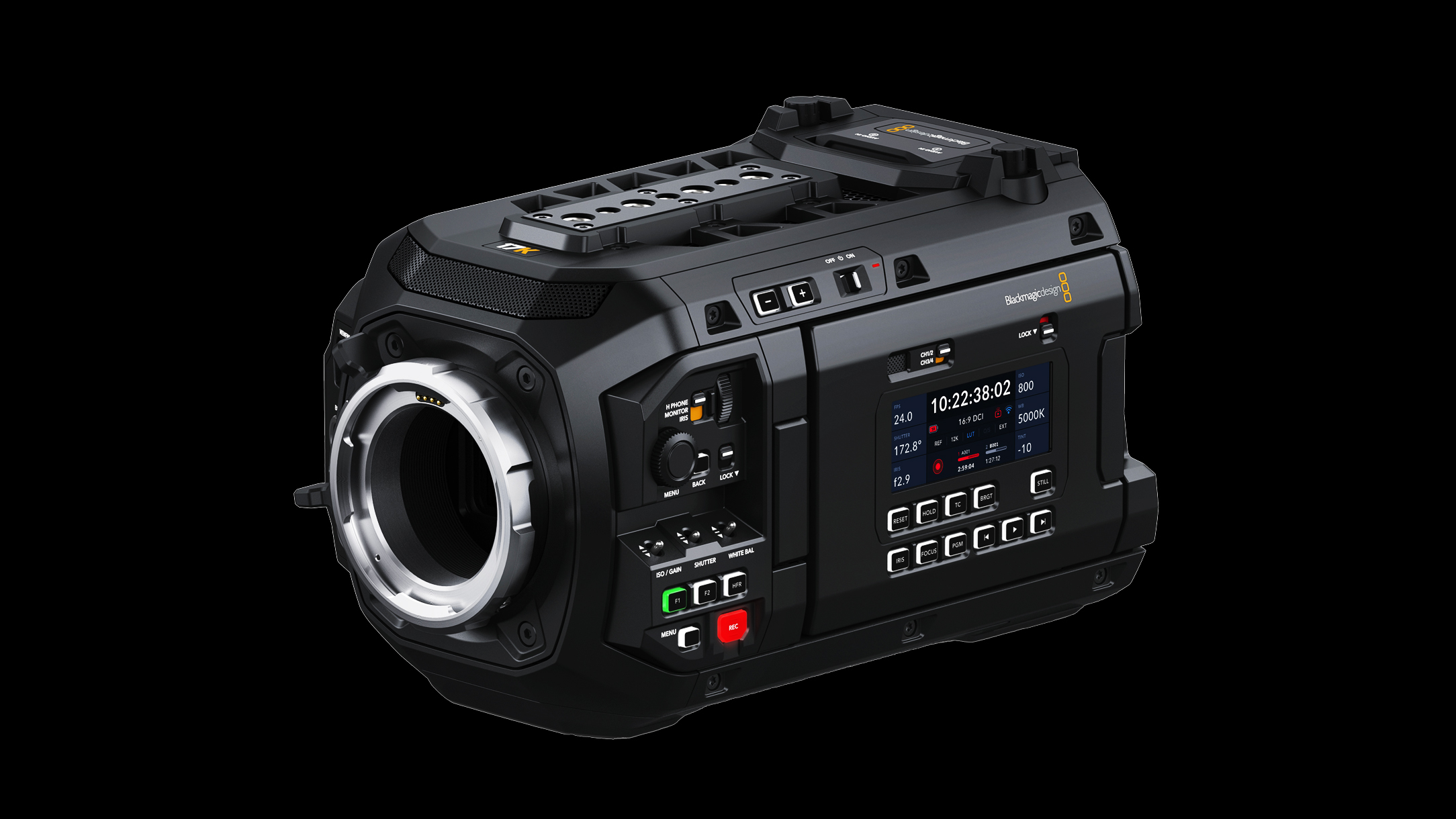
Blackmagic Design announced the pricing and availability of its latest cinematic powerhouse (and contender to the legendary Arri Alexa 65), the Ursa Cine 17K 65. This revolutionary large format digital cinema camera is set to retail starting at a jaw-dropping $29,995! Which is a lot of money, no doubt, but not when you think of large format cinema.
Featuring an unprecedented 65mm RGBW sensor, the Blackmagic Ursa Cine 17K 65 is designed to deliver breathtaking image quality and unparalleled integration into post-production workflows – specifically with DaVinci Resolve. With its large format sensor boasting a resolution of 17,520 x 8,040 and 16 stops of dynamic range, the camera is poised to become a go-to for high-end cinema production…
Canon
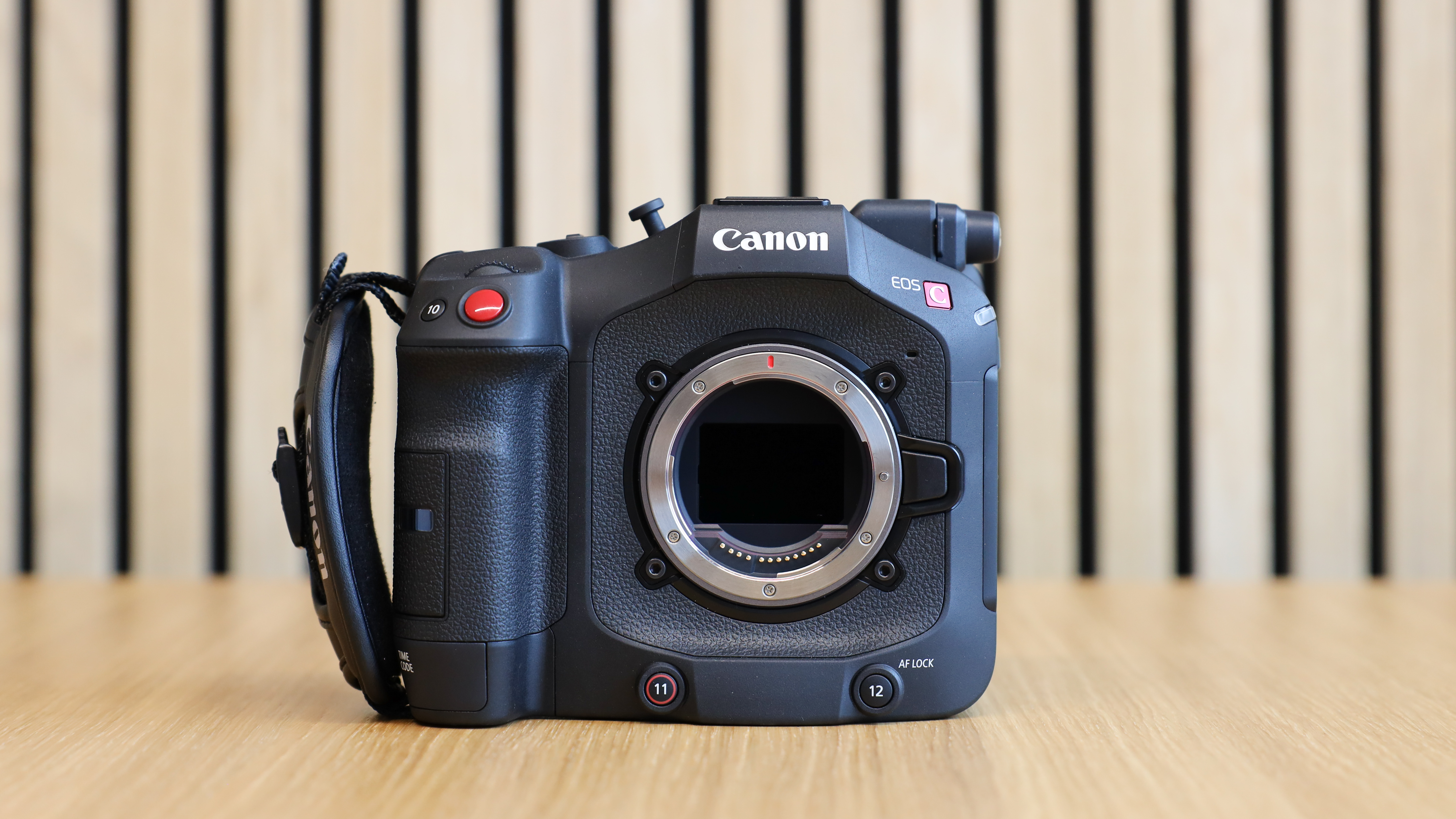
Canon has unveiled its latest addition to the Cinema EOS lineup – the Canon EOS C80, a compact RF mount cinema camera designed for filmmakers and live production. Building on the success of previous models such as the EOS R5 C and EOS C70, the EOS C80 introduces a full-frame sensor in a form factor that balances portability with professional features.
At the heart of the EOS C80 is a full-frame stacked backside-illuminated (BSI) sensor. This sensor, first seen in the EOS C400, enables 6K recording with 16 stops of dynamic range, which Canon claims offers improved low-light sensitivity and minimal noise. The camera's triple base ISO settings (800, 3200, 12,800) provide flexibility for varying lighting conditions, and an auto-switching mode allows for smooth transitions between these ISO levels in changing environments…
Cooke Optics
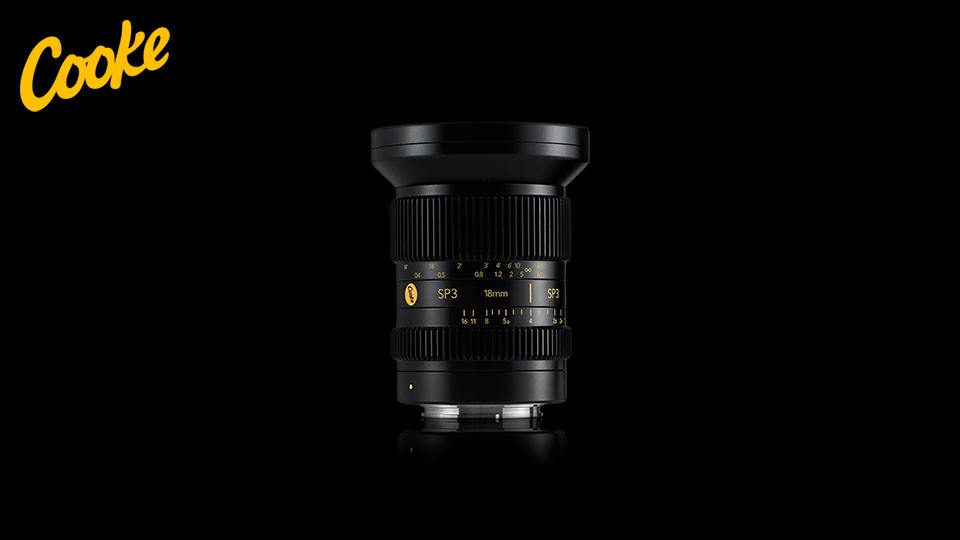
Cooke revolutionized the cinema lens market at IBC last year with the introduction of its budget SP3 series, offering a compact, affordable alternative to the renowned Cooke Panchro Classic lenses. Designed to replicate the signature “Cooke Look”, these lenses quickly became popular among filmmakers for their portability and cinematic quality.
Now, Cooke is expanding the SP3 family by releasing the all-new 18mm T2.4, the widest lens in the series. Available as part of a six-lens set housed in a custom hard case or sold separately, this new addition is set to appeal to indie filmmakers, corporate videographers, and cinematographers looking to achieve professional results without the hefty price tag…
Leica
Leitz has introduced three new lenses to its Hugo II series, adding to the ten existing focal lengths in the popular Hugo line. The new additions include the 66mm, 75mm and 90mm T2.1 lenses, which are distinguished by their slower aperture and more compact size.
These lenses bring unique visual characteristics, with the 75mm and 90mm offering size advantages and the 66mm lens filling the gap between the 50mm and 75mm focal lengths…
Nikon / Red
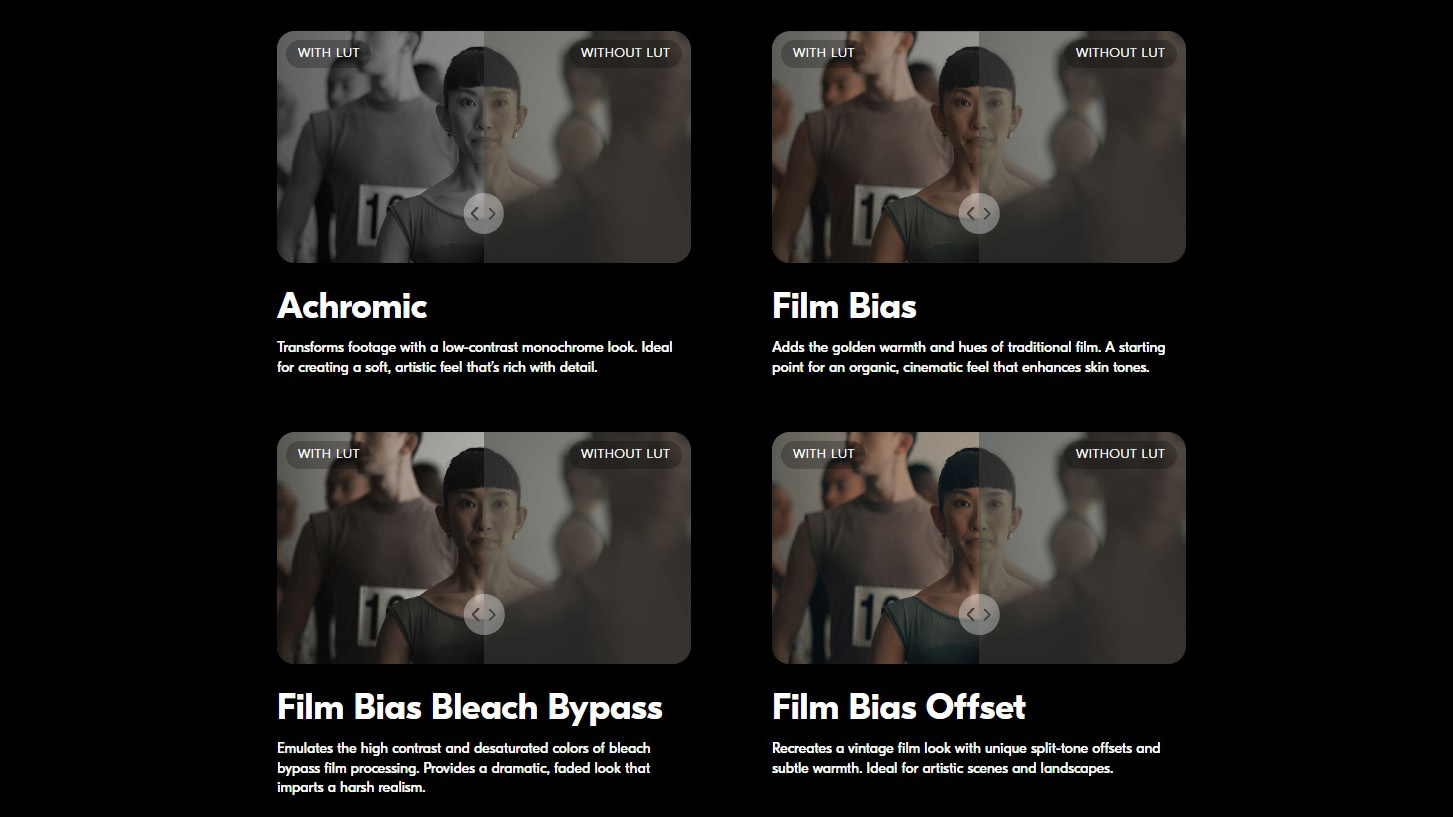
Nikon’s acquisition of Red Digital Cinema in March has had the filmmaking world buzzing with anticipation, and now, we’re beginning to see the 'Nikon effect'.
Nikon has officially announced the integration of four popular creative LUTs from Red’s ecosystem into its mirrorless and DSLR camera lineup. This move allows users to convert Nikon N-Log footage into stylized Rec.709 color using Red’s Film Bias, Film Bias Bleach Bypass, Film Bias Offset, and Achromic LUTs, bridging the gap between these two major brands…
Sony
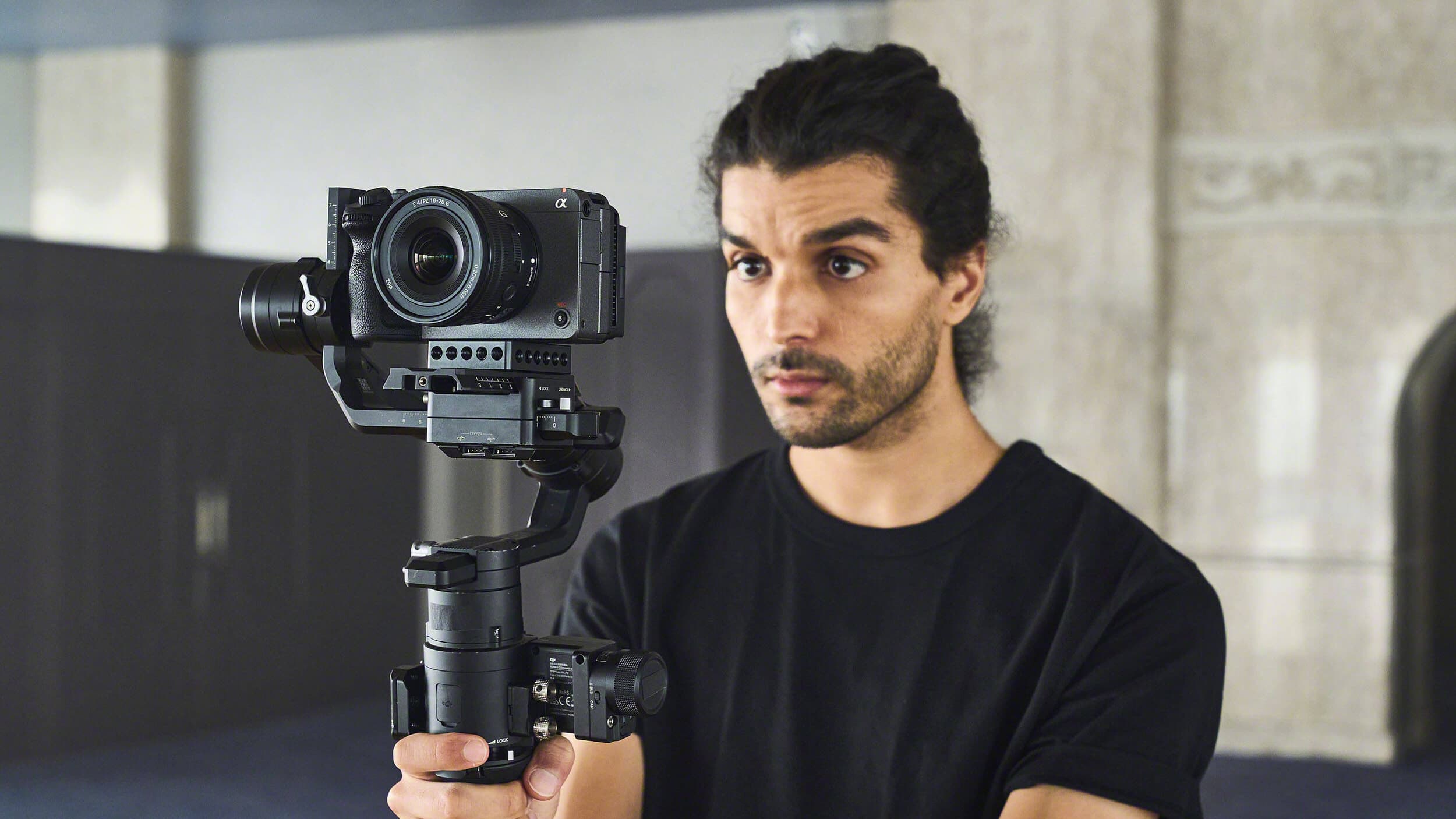
UPDATE: After suspending its day and date firmware update for the Sony A7R V, which was found to brick some cameras, the manufacturer also suspended its new update for the Sony FX30.
While the same update is still available for the Sony FX3, I would advise against downloading it until Sony has clarified that all three updates are safe to use.
The original report detailing the firmware updates is as follows.
One of the most requested features (among an avalanche of others) has finally come to the Sony FX3 and FX30 in the latest firmware update for each camera: shutter angle.
If you're reading this article, you probably already know what shutter angle is. In short, it's a way to describe and set the shutter speed relative to the frame-rate – enabling you, for example, to adjust your frame-rate to shoot in slow-motion, without having to manually adjust the shutter speed accordingly (following the practice of doubling the frames to calculate the shutter).
While this is by far the headline feature, the new firmware – Ver 6.00 for the FX3 and Ver 5.00 for the FX30 – contains a slew of other upgrades and improvements that every FX user will want…
Thypoch
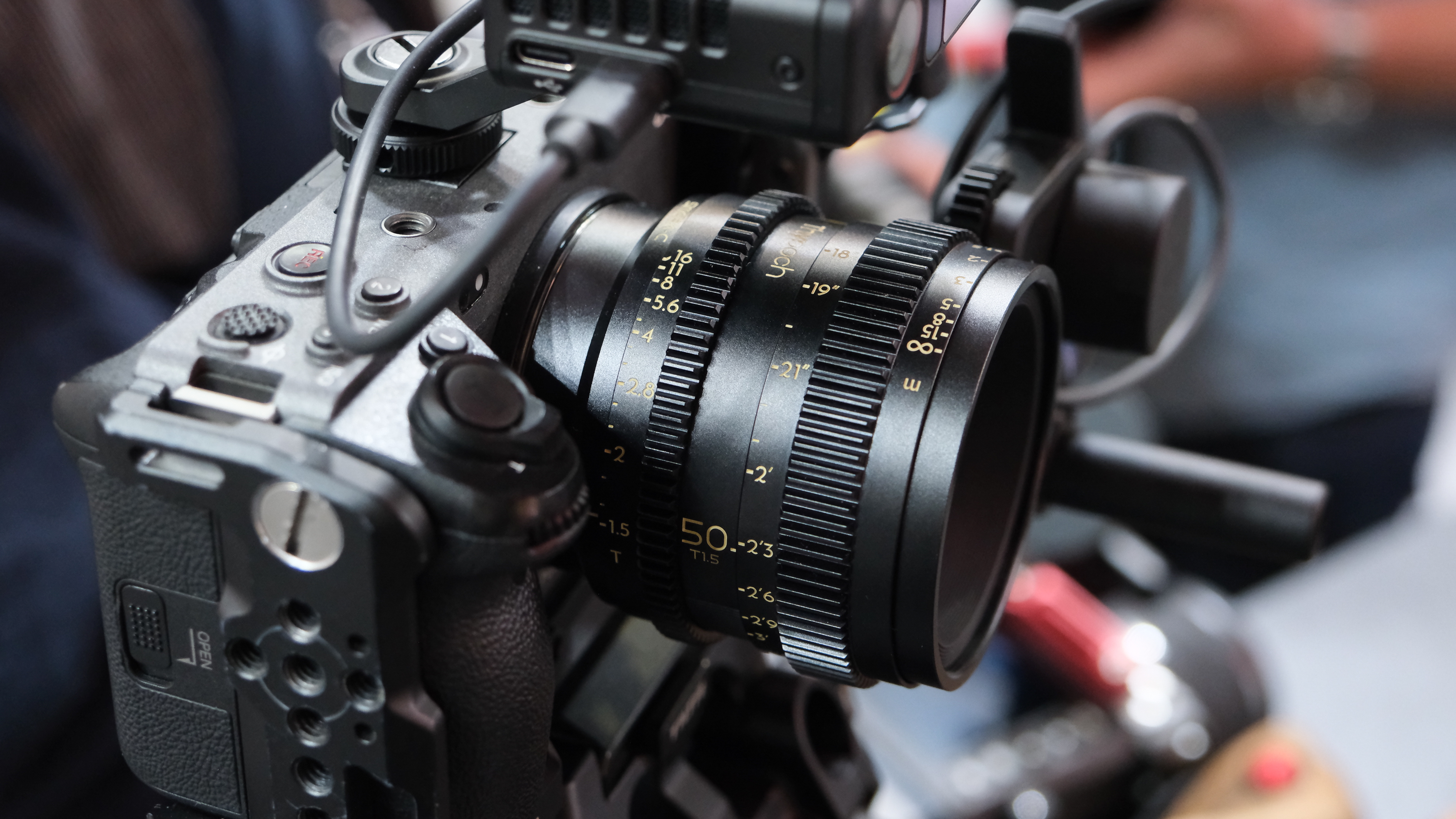
As recently teased on its Instagram channel, it looks like Thypoch is going in a new direction – Simera-C cinema lenses. The company is yet to announce any further details on its new line of cine lenses. But in Amsterdam we managed to get our hands on not one but three of the new Simera-C cine lenses.
The three lenses on display are 28mm, 50mm and 75mm focal lengths. Like other Thypoch lenses they feel very well constructed, made from metal with geared focus and aperture rings. But the thing that struck us immediately was just how small they are compared to other cinema lenses…

James has 22 years experience as a journalist, serving as editor of Digital Camera World for 6 of them. He started working in the photography industry in 2014, product testing and shooting ad campaigns for Olympus, as well as clients like Aston Martin Racing, Elinchrom and L'Oréal. An Olympus / OM System, Canon and Hasselblad shooter, he has a wealth of knowledge on cameras of all makes – and he loves instant cameras, too.
